Fixing a faulty light switch can seem like a straightforward task for anyone comfortable with basic electrical work. However, one common issue that can occur during this process is a short circuit, which can be both alarming and dangerous if not handled correctly. In this article, we'll break down what a short circuit is, how it might happen while fixing a switch, and what steps you can take to prevent it—safely and effectively.

Ensure your safety by following precautions as you fix a light switch and prevent short circuits during the process.
What is a Short Circuit?
A short circuit occurs when an electrical current follows an unintended path with little or no resistance. Instead of traveling through the proper wiring and components, the electricity finds an easier route—typically because of a faulty connection—leading to excessive current flow. This can cause sparks, tripped breakers, or even fires if left unchecked.
In a typical switch, electrical current flows through wires connected to the switch and then onto the light fixture. When working on a switch, if the wires touch incorrectly or the internal wiring has degraded, a short circuit may occur, interrupting the normal flow of electricity.
Common Causes of Short Circuits While Fixing a Switch
There are several reasons why short circuits might happen when you're replacing or fixing a switch:
- Exposed Wires: Over time, the protective insulation on wires can wear down, especially in older homes. If two exposed wires come into contact while you're working on the switch, a short circuit can occur.
- Loose Connections: If the wires aren't secured tightly to the switch terminals, they may move around and accidentally touch, causing a short. Always make sure the connections are snug.
- Faulty Switches: An old, damaged, or malfunctioning switch can have internal issues that may lead to a short circuit. When in doubt, it’s safer to replace the switch entirely rather than attempt to repair it.
- Improper Wiring: Sometimes, previous work on the electrical system may not have been done correctly, with wires connected in the wrong way. This can easily lead to shorts when a switch is being fixed or replaced.
What Happens When a Short Circuit Occurs?
When a short circuit happens, it often results in one or more of the following:
- Sparks: If the current surges too quickly, you might see sparks near the switch or wiring. This is a strong indicator that something is wrong.
- Tripped Circuit Breaker: Modern electrical systems have circuit breakers designed to trip (or shut off) when a short circuit occurs to prevent electrical fires. If the breaker trips immediately after working on a switch, it’s a sign you may have caused a short.
- Burnt Smell: If the wires are overheating due to the increased current flow, they may emit a faint burning smell. This should always be taken seriously and addressed right away.

If a short circuit occurs, you might notice sparks, a tripped breaker, or a burning smell—signs of electrical issues.
Steps to Prevent a Short Circuit While Fixing a Switch
Prevention is key when working with electricity. Here’s how to reduce the risk of a short circuit during a switch repair:
- Turn Off the Power: Before touching any electrical switch or wires, always turn off the power at the circuit breaker. This prevents the risk of electric shock and makes it safer to work.
- Check for Exposed Wires: Inspect the wires carefully to ensure none of the insulation is frayed or worn out. If you see exposed wires, wrap them with electrical tape or replace the wires if necessary.
- Tighten All Connections: Loose wires are a common cause of short circuits. Ensure that the wires are tightly secured to the switch's terminals. Use the correct tools to avoid damaging the connections.
- Use a Voltage Tester: Even after turning off the power, it’s a good idea to use a voltage tester to confirm that no electricity is flowing through the wires before you start working.
- Inspect the Switch: If the switch is old or showing signs of wear, it might be better to replace it with a new one rather than try to fix it. A damaged switch is a fire hazard waiting to happen.
- Organize Your Wires: While installing or fixing the switch, ensure the wires don’t touch each other. Keeping them organized and separated prevents accidental contact that could cause a short.
What to Do If a Short Circuit Happens
If you accidentally cause a short circuit while fixing a switch, it’s important to stay calm. Here’s what you should do:
- Turn Off the Power: If you haven't already, immediately turn off the power at the circuit breaker. If the breaker has tripped, leave it off until you've addressed the issue.
- Identify the Cause: Inspect the wiring and switch to see if you can pinpoint what went wrong. Look for loose wires, frayed insulation, or incorrect connections.
- Replace Faulty Components: If you discover that the switch is faulty or the wiring is damaged, replace these components with new ones. Do not try to repair wires that are too worn out, as this can be dangerous.
- Test the System: Once everything is secured and fixed, turn the power back on and test the switch. If the breaker trips again or you notice any other issues, call a licensed electrician.
When to Call a Professional
If you're ever unsure about what you’re doing or if the short circuit seems too complex to handle, don’t hesitate to call a professional electrician. Electricity can be dangerous, and it's always better to be safe than sorry. A licensed electrician will ensure that the repair is done correctly, up to code, and without the risk of further issues.
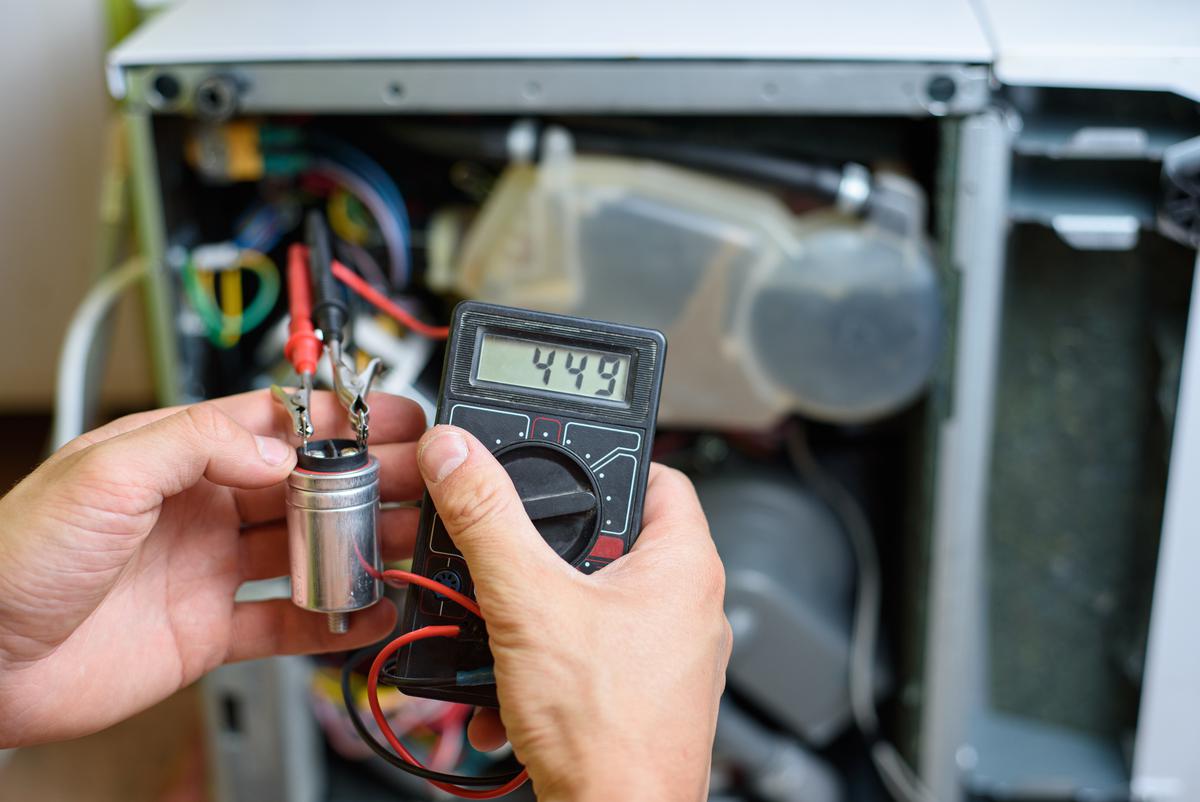
If you're unsure or the short circuit seems too complex, call a licensed electrician to handle the repair safely.
Conclusion
Fixing a switch might seem like a simple DIY task, but a short circuit can complicate things quickly. By understanding what causes short circuits, taking the necessary precautions, and knowing when to call for help, you can safely handle most basic electrical repairs. Always respect the power of electricity and stay safe!
you may also like
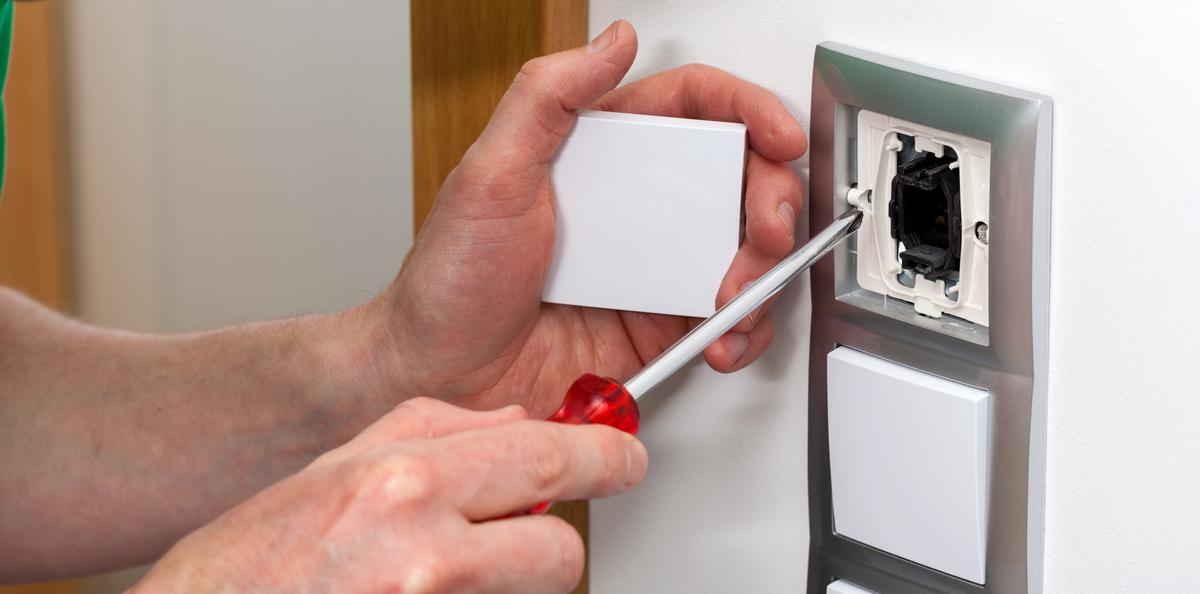

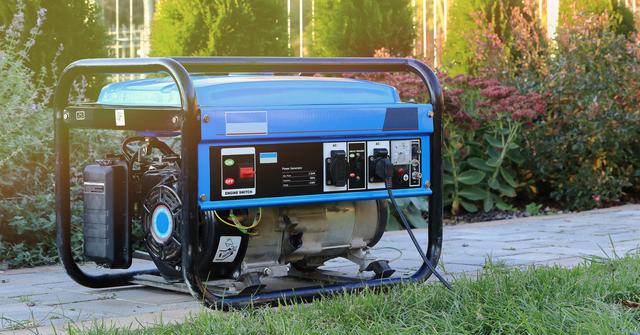
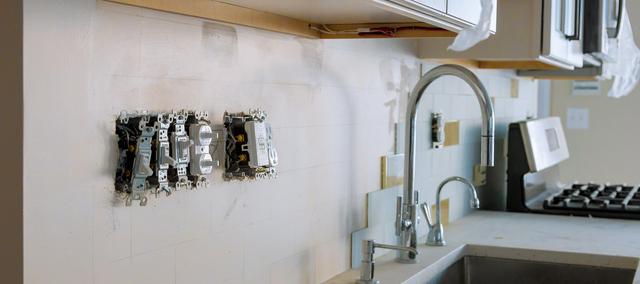
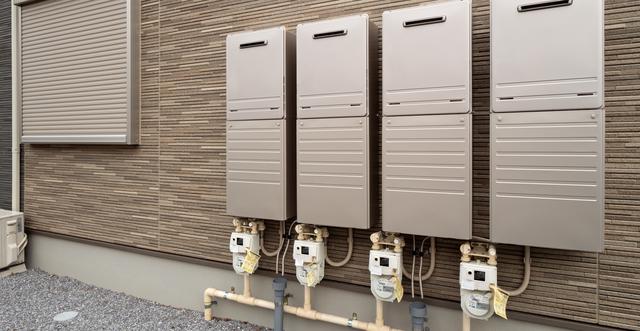

comments